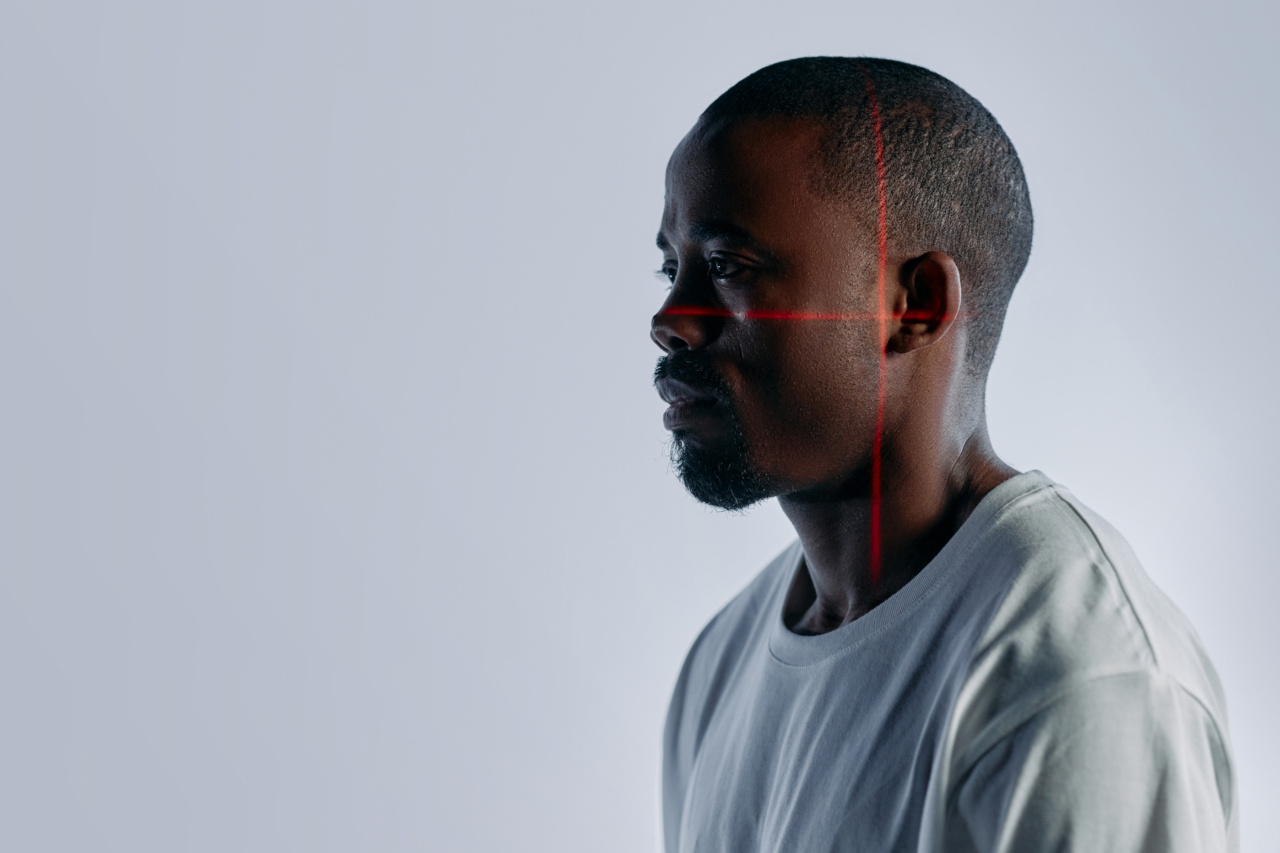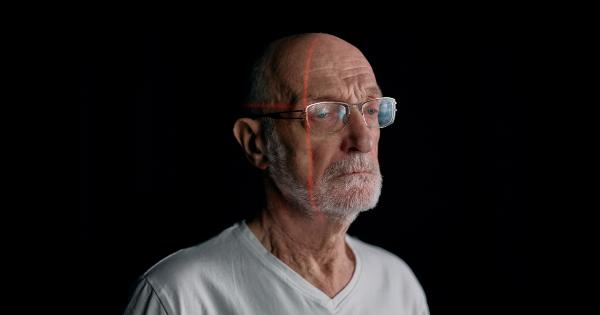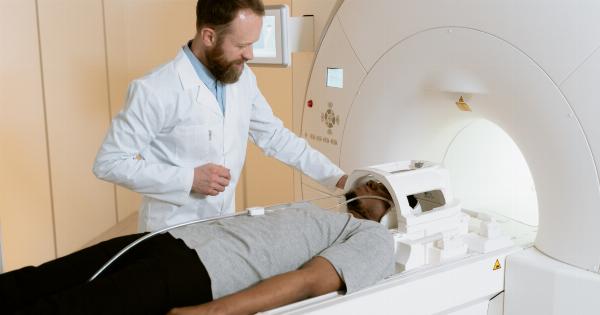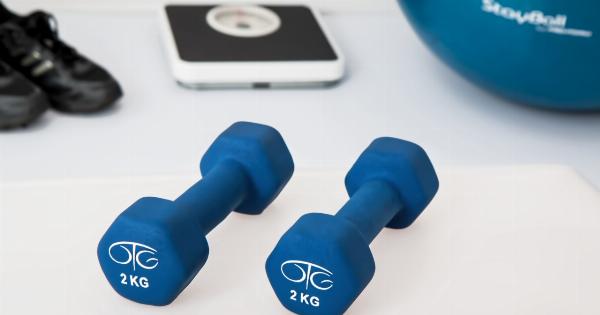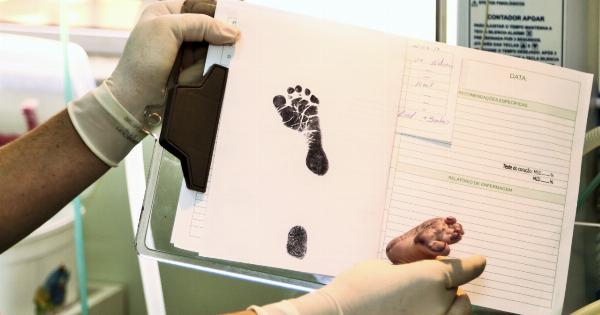Walking is a fundamental activity that most people perform effortlessly every day. However, for individuals with gait impairments due to neurological or musculoskeletal conditions, walking can become challenging and sometimes impossible.
In recent years, there have been significant advancements in technology that aim to enhance gait and improve the mobility and quality of life for those affected. This article explores some of the advanced technologies available for enhancing gait.
Exoskeletons
Exoskeletons are wearable robotic devices that provide powered assistance to the lower limbs. These devices are designed to augment the user’s strength and endurance, enabling them to walk more effectively.
Exoskeletons work by sensing the user’s gait and providing the necessary assistance at the appropriate time. They can be particularly beneficial for individuals with conditions such as spinal cord injuries or stroke.
Bionic Prosthetics
Bionic prosthetics are advanced artificial limbs that are designed to mimic the function of a natural limb. These prosthetics use sensors and motors to detect movement and provide powered assistance.
Bionic prosthetics can be customized to match the specific needs of the individual, allowing for a more natural and efficient walking pattern. These devices have the potential to significantly improve gait and mobility for amputees.
Functional Electrical Stimulation (FES)
Functional Electrical Stimulation (FES) is a technique that uses electrical currents to stimulate paralyzed or weakened muscles. FES can be used to activate specific muscles during walking, improving gait and stability.
This technology can be particularly beneficial for individuals with conditions such as multiple sclerosis or spinal cord injuries. FES can help restore muscle function and enable individuals to walk more confidently.
Smart Insoles
Smart insoles are wearable devices that can be placed inside shoes to provide real-time gait analysis and feedback. These insoles use sensors to measure various parameters such as pressure distribution, gait symmetry, and cadence.
By analyzing this data, smart insoles can identify abnormal gait patterns and provide targeted feedback to the wearer. This technology can be useful for individuals with a variety of gait impairments, including those resulting from stroke or Parkinson’s disease.
Virtual Reality (VR) Rehabilitation
Virtual Reality (VR) rehabilitation involves using immersive virtual environments to improve gait and balance. This technology allows individuals to engage in interactive exercises and simulations that target specific aspects of gait training.
VR rehabilitation can be used to improve muscle strength, coordination, and balance, helping individuals regain confidence and independence in walking. This technology is particularly useful for individuals recovering from stroke or traumatic brain injuries.
Robotic Gait Training
Robotic gait training involves the use of robotic devices to assist individuals with gait impairments in relearning how to walk.
These devices provide the necessary support and guidance, allowing individuals to practice walking in a controlled and safe environment. Robotic gait training can help improve walking speed, stability, and overall gait quality. This technology is commonly used in rehabilitation settings to facilitate recovery after conditions such as stroke or spinal cord injuries.
Artificial Intelligence (AI) for Gait Analysis
Artificial Intelligence (AI) algorithms can be used to analyze gait patterns and detect abnormalities.
By analyzing data from sensors or video recordings, AI can provide valuable insights into an individual’s gait, such as detecting asymmetries or irregularities. This technology can assist healthcare professionals in assessing gait impairments and developing personalized treatment plans. AI for gait analysis has the potential to improve the accuracy and efficiency of gait assessments.
Wearable Sensors
Wearable sensors, such as accelerometers and gyroscopes, can be used to collect data on gait parameters during everyday activities.
These sensors are usually integrated into clothing or accessories and provide continuous monitoring of gait characteristics. By analyzing the collected data, healthcare professionals can gain a better understanding of an individual’s gait patterns and identify areas for improvement.
Wearable sensors can be particularly useful for long-term monitoring and evaluation of gait performance.
Robot-Assisted Rehabilitation
Robot-assisted rehabilitation involves the use of robotic devices to deliver repetitive and precise movements during gait training. These devices can provide highly targeted therapy to specific muscle groups, allowing for more effective rehabilitation.
Robot-assisted rehabilitation has the advantage of reducing the physical strain on therapists while providing consistent and quantifiable training for patients. This technology is increasingly being used in rehabilitation centers to enhance gait recovery after neurological injuries.
Neuromodulation Techniques
Neuromodulation techniques, such as transcranial magnetic stimulation (TMS) and transcutaneous electrical nerve stimulation (TENS), can be used to modulate neural activity and promote optimal gait patterns.
These techniques work by applying electrical or magnetic stimuli to specific areas of the nervous system involved in walking. Neuromodulation can help improve muscle coordination, reduce spasticity, and enhance overall gait performance. These techniques are often used in conjunction with other interventions for individuals with gait impairments.
Conclusion
The advancements in technology have opened up new possibilities for enhancing gait and improving mobility for individuals with gait impairments.
Exoskeletons, bionic prosthetics, functional electrical stimulation, smart insoles, virtual reality rehabilitation, robotic gait training, AI for gait analysis, wearable sensors, robot-assisted rehabilitation, and neuromodulation techniques are just some of the advanced technologies that have shown promise in enhancing gait. As these technologies continue to evolve, it is expected that they will play an increasingly crucial role in helping individuals with gait impairments regain their mobility and independence.
